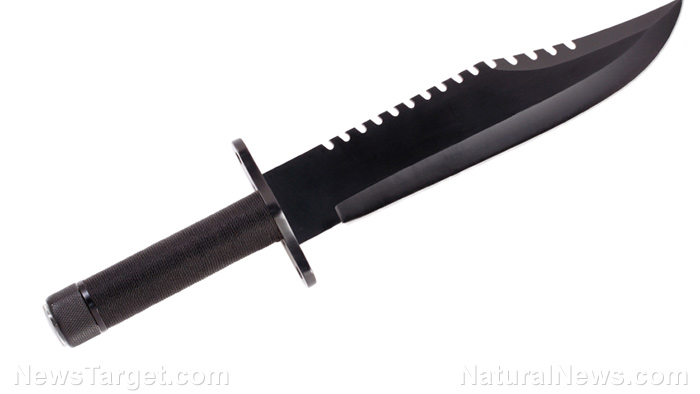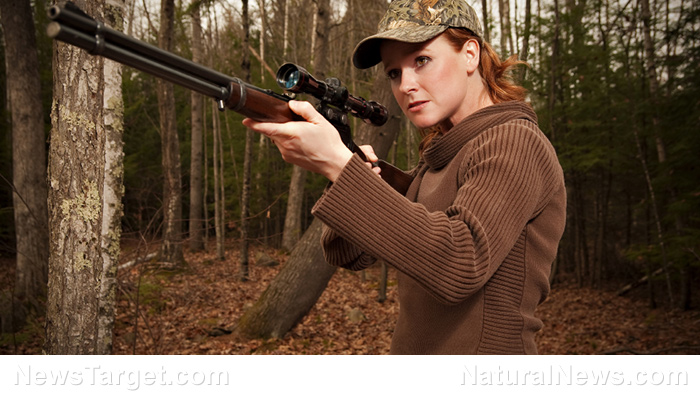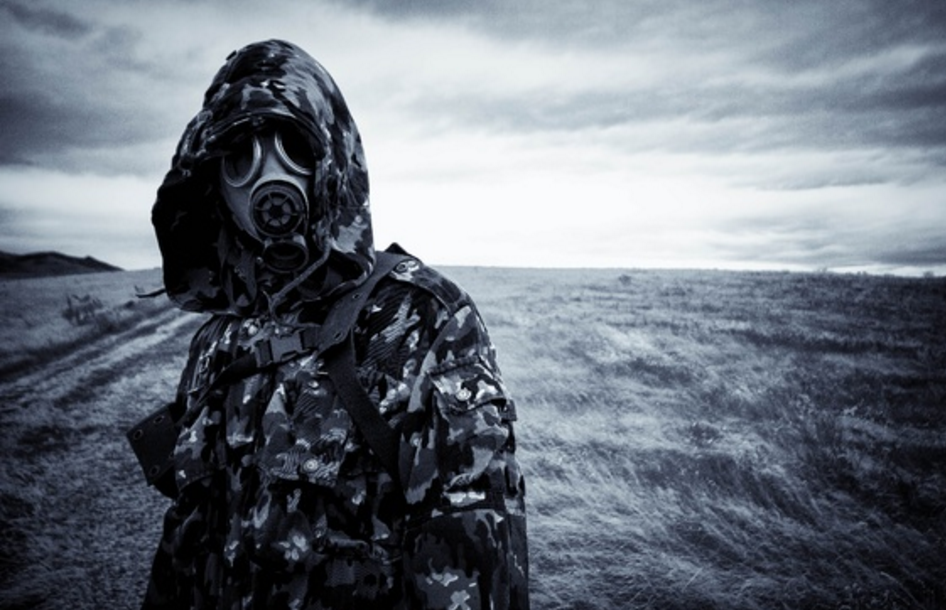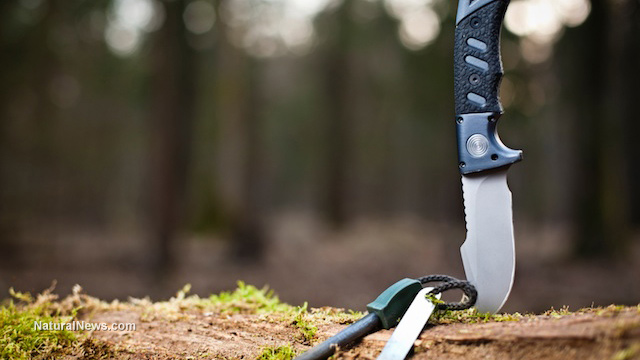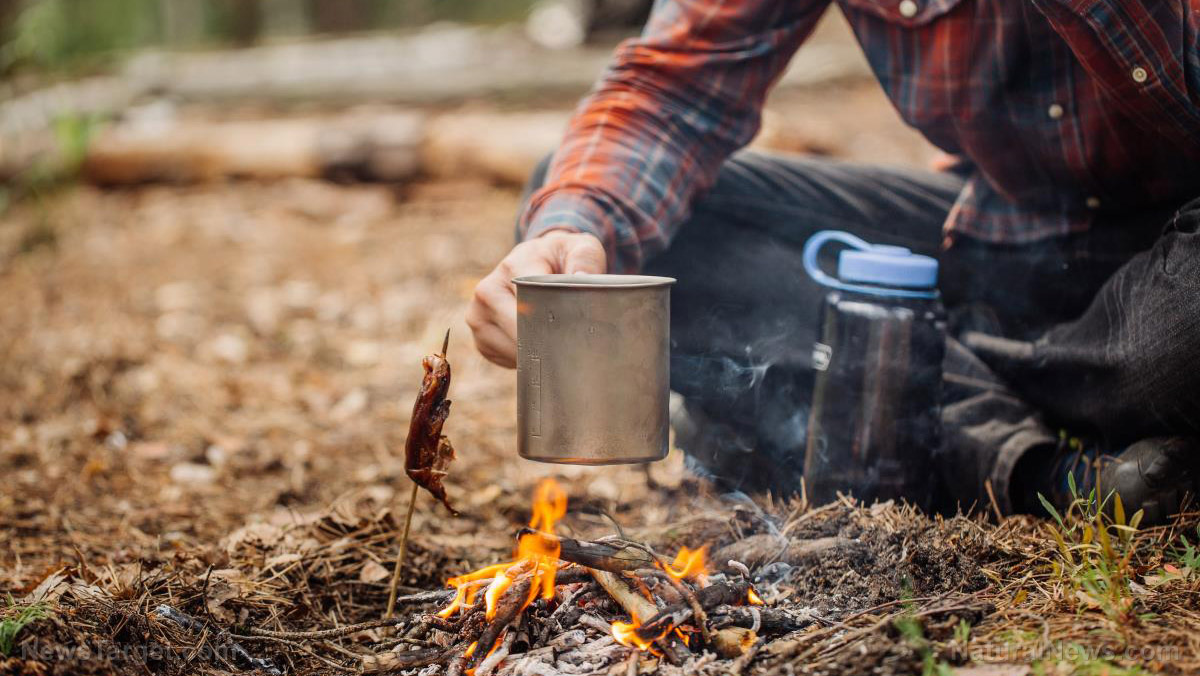When SHTF, an emergency communication tool is a must since during a disaster you will need to stay informed.
For example, in the event of a hurricane or tornado warning, a NOAA weather radio or one that can receive NOAA broadcasts can help you stay safe. (h/t to TheOrganicPrepper.com)
While a cell phone doesn’t have functions like a radio has, it’s your best option for limited event emergencies. However, you will eventually need a backup communication tool, especially if the network gets jammed due to heavy phone use. You can still use a cell phone to send text messages, which is more effective during an emergency situation.
You will also need an AM/FM radio so you can monitor the news from local stations. You can also benefit from a two-way radio, especially if you need to call for help.
During a survival scenario, local radio or TV stations may cease operations. When this happens, emergency communication tools may just save your life. However, you need to figure out how to monitor the news because it will give you a way of assessing the extent of the damage caused by any disaster.
After you get a radio, set it up with the correct type of antenna so you can use it properly. Study the manual so you know what each button, dial, and switch does.
Check what stations are available on each frequency, and what stations will be operating. Try to monitor AM stations, FM stations, and shortwave stations.
When gathering information for your group, you can gather data from these sources:
- AM and FM broadcast radio stations
- Amateur radio
- Print media (e.g., newspapers)
- Satellite internet
- Shortwave radio
- TV (local broadcast and satellite channels)
The two types of radios
Receivers for emergency communications can help you monitor the news.
- AM and FM radios – Most AM/FM radios are battery-powered, but those using solar charged batteries are recommended.
- Shortwave radio receivers – Shortwave receivers can receive almost all of the useful radio spectrum. They can receive from 100 kilohertz (kHz) to 30 mHz, 60 mHz, 1000 mHz (1 gHz), and even 2.5 gHz. However, they don’t usually receive trunked systems (e.g., police and other agency response radios). Shortwave radio receivers can be expensive and the price depends on the highest frequency they receive. The receivers cover the shortwave frequencies (high frequency [HF], very high frequency [VHF], ultra high frequency [UHF]) and several or all amateur radio frequencies. Cell phone frequencies are blocked on radios sold in the U.S., except for some government agencies.
- Solar tower radios and hand crank radios – Solar power radios charge the internal batteries while hand crank radios store the hand crank energy in an internal flywheel that powers an internal generator. Take note that hand cranked radios only work for several minutes after they’re cranked. (Related: Preparing your family for disaster: How to develop your emergency plan.)
- Police scanners – Police and a lot of other government agencies and private companies like utility companies (power, natural gas, telephone, etc.) rely on two-way radio communications. The majority of older radio systems used by these agencies operate in the AM mode and these radio communications can be received by several shortwave radios. There are many frequency ranges used and you may need an HF radio, VHF radio, or UHF radio receiver.
Transceivers for emergency communications include two-way radios. With a transceiver, you can transmit and receive communications.
- Amateur radio/ham radio – Private individuals use amateur radios for personal conversations and they aren’t suitable for commercial use or for broadcasting. These two-way radios cover various bands or portions of the radio spectrum. Amateur radio operators must be licensed to transmit and you need an FCC assigned call sign when purchasing a ham radio transmitter or transceiver. In the U.S., amateur radio licenses are available in three different levels: the Technician class license, the General class license, and the Amateur Extra class license.
- Citizen band (CB) radio – CB radios are available in mobile radios for vehicles, base stations for home use, or in handheld or walkie-talkie models. CB radios can only go up to a maximum of five-watt power output with a limited range of a couple of miles. CB radios operate in two modes: AM and Single Side Band (SSB).
- FRS, GMRS, and MURS radios – Family Radio Service (FRS) are small handheld radios available in different stores. FRS radios are two-way radios that can be used to get in touch with houses in your block. These low powered (1/2 watt) radios operate on batteries and are for short range use. FRS radios can be used even if you don’t have a license to operate. General Mobile Radio Service (GMRS) and Multi-Use Radio Service (MURS) radios are higher powered (five watts) than FRS radios and mostly used by businesses. While GMRS require an FCC license to operate, the MURS does not. No test is needed for the license and you just need to apply. GMRS radios are only usable up to a few miles.
Don’t wait until it’s too late to invest in emergency communication tools. Read up on which option is suitable for your needs so you can stay in touch when disaster strikes.
You can learn more about emergency communication tools that you can use when SHTF at Preparedness.news.
Sources include:
TheOrganicPrepper.com
SkilledSurvival.com



